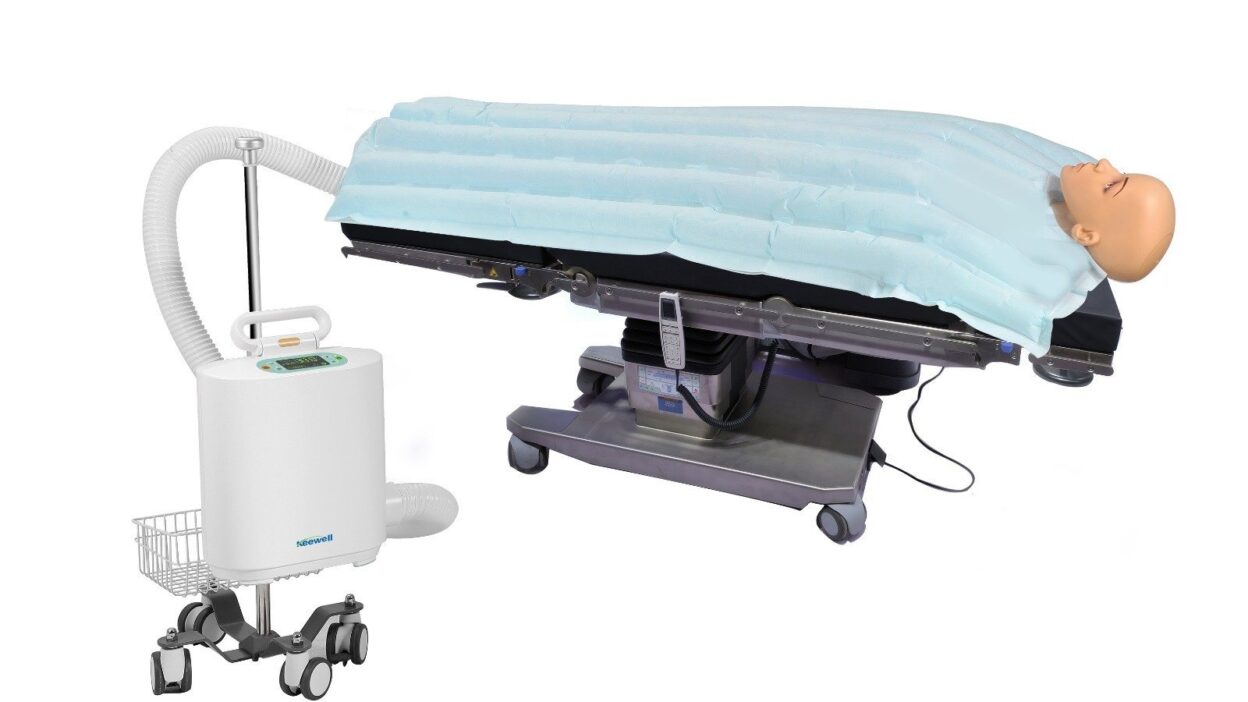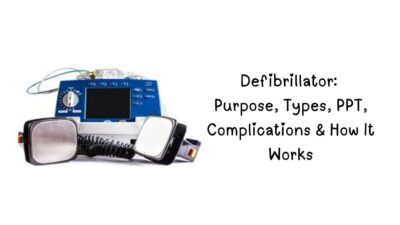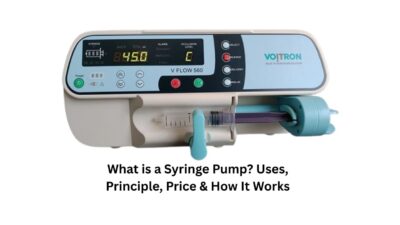A Patient Warming System is a medical device or technology used to regulate and maintain a patient’s body temperature during surgery, recovery, or in clinical settings
What is Patient Warming?
Patient warming refers to medical techniques used to maintain or increase a patient’s core body temperature during surgery, trauma care, or ICU stays. Hypothermia (core temp <36°C/96.8°F) can lead to severe complications, making warming a critical component of patient safety.
Table of Contents
Why is Patient Warming Important?
- Prevents hypothermia (common under anesthesia)
- Reduces surgical complications (infections, bleeding)
- Speeds up recovery post-surgery
- Improves drug metabolism (anesthesia works better)
- Lowers hospital stays (faster discharge)
How Does Patient Warming Work?
The body normally regulates temperature, but anesthesia, blood loss, and cold OR environments disrupt this. Patient warming helps by:
✅ Reducing heat loss (insulation, warm blankets)
✅ Adding external heat (forced-air systems, IV warmers)
✅ Monitoring core temperature (esophageal/rectal probes)
Types of Patient Warming Systems
1. Passive Warming (Prevents Heat Loss)
| Method | Best For | Limitations |
|---|---|---|
| Thermal Blankets | Pre-op, PACU | Less effective in long surgeries |
| Insulating Gowns | Minor procedures | Doesn’t actively warm |
| Neonatal Caps | Preterm babies | Only covers the head |
2. Active Warming (Adds External Heat)
| Method | Best For | Top Brands |
|---|---|---|
| Forced-Air Warming | OR, ICU | Bair Hugger, WarmTouch |
| Electric Warming Pads | PACU, ER | HotDog, Warm-Gard |
| IV Fluid Warmers | Trauma, Surgery | enFlow, Ranger |
| Radiant Warmers | NICU, Pediatrics | GE Giraffe, Draeger |
Best Patient Warming Devices
| Device | Type | Key Features | Best For |
|---|---|---|---|
| Bair Hugger 775 | Forced-Air | Adjustable temp, disposable covers | Major surgery |
| HotDog Patient Warmer | Electric | No air disruption, safe for MRI | Neurosurgery |
| enFlow IV Warmer | Fluid Warmer | Portable, fast heating | Trauma cases |
| GE Giraffe Warmer | Radiant | Overhead heater, alarms | Neonatal care |
When is Patient Warming Used?
1. Operating Rooms
- General anesthesia lowers body temp by 1-2°C
- Long surgeries (>1 hour) increase hypothermia risk
2. Intensive Care Units (ICU)
- Sepsis patients (temperature instability)
- Post-op recovery (maintaining normothermia)
3. Emergency & Trauma
- Hypovolemic shock (blood loss = heat loss)
- Burns & frostbite (requires careful warming)
4. Neonatal Care
- Premature babies lose heat 4x faster than adults
- Radiant warmers & incubators are essential
Benefits of Patient Warming
✔ 30% fewer surgical infections (CDC data)
✔ Reduced bleeding & transfusions
✔ Faster wake-up from anesthesia
✔ Lower mortality in trauma cases
Risks & Safety Precautions
⚠️ Thermal Burns (from overheating)
⚠️ Hyperthermia (rare but dangerous)
⚠️ Interference with surgical drapes
How to Avoid Complications:
- Use temperature probes (monitor core temp)
- Follow manufacturer settings (don’t exceed 42°C)
- Check skin every 30 mins (for redness/blisters)



